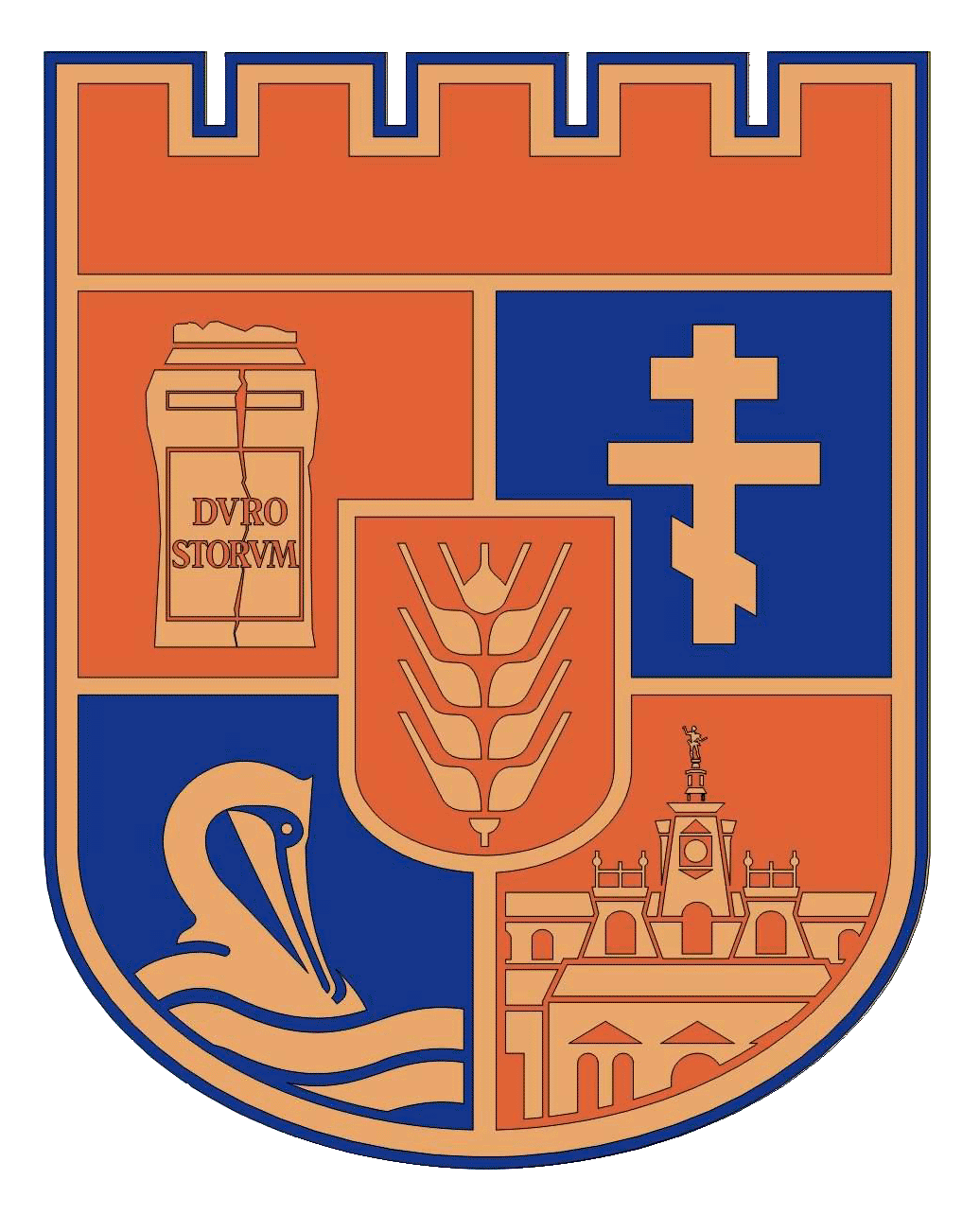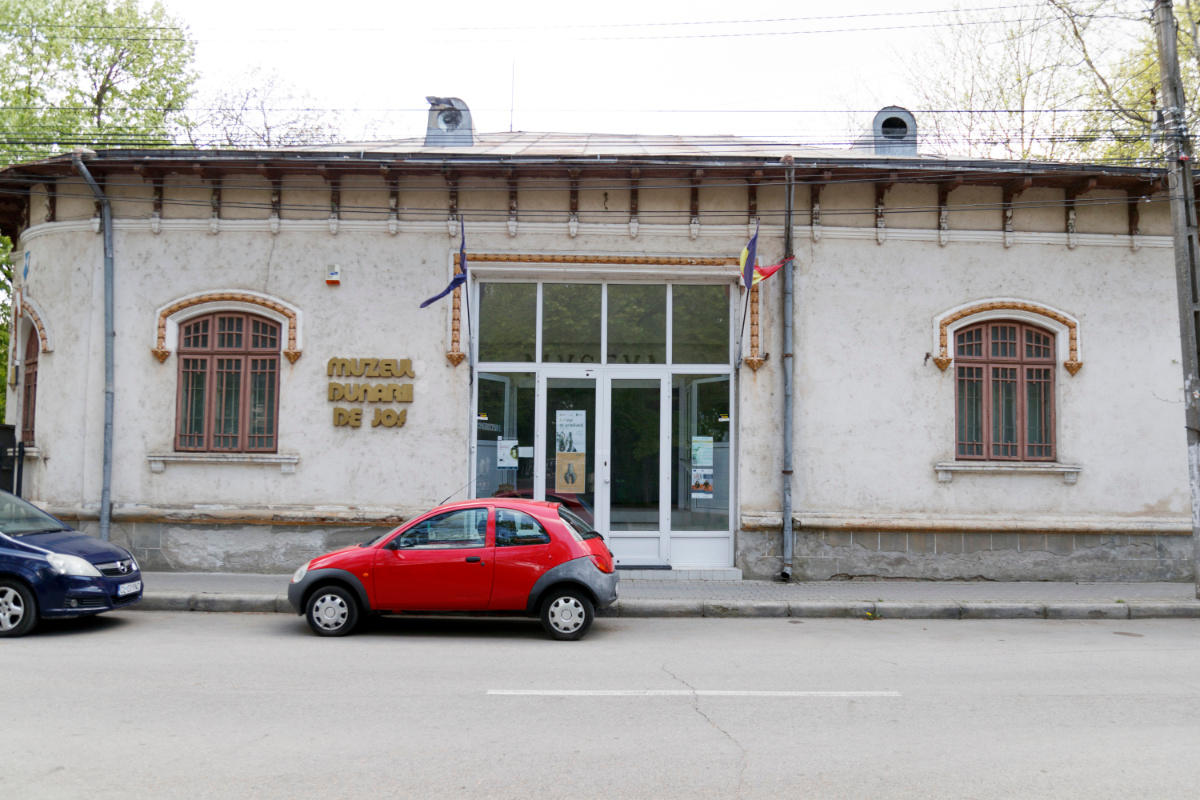Museum of the Lower Danube Calarasi
Category MuseumLOCATION
Progresul str. 4,
Calarasi 910079
DESCRIPTION
The Lower Danube Museum is a public cultural institution, of county and regional importance. The museum is occupied with collection, preservation, research, restoration, communication and exposure, for the purpose of knowledge, education and recreation, material and spiritual testimonies of the existence and evolution of human communities as well as of the environment.
The Lower Danube Museum is subordinated to the Calarasi County Council. The Museum's activity is funded by allocations from the Calarasi County Council budget, as well as from its own revenues derived from tariffs for services offered, donations and sponsorships and other activities.
The museum’s building is an architectural monument of the late 19th century. The expositions show archaeological pieces (ceramics, antropomorphic and zoomorphic figures, winds, tools, fragments of neo-eneolithic edifices from the Sultana - Malu Rosu archaeological site, Roman anthropomorphic plaster, Roman opal collection, enamelled ceramics and Byzantine adornments at the Pacuiul lui Soare), ancient and medieval numismatics, exhibits illustrating local history, ethnography collections and modern and contemporary Romanian art.[1]
The building is equipped with modern state-of-the-art equipment, which ensures security according to the current legislation. This has made it possible to exhibit some exceptional pieces of the museum treasure (coins, gold and silver jewelery, etc.), a heritage that illustrates the evolution of the Danubian communities from prehistory to the end of antiquity.
HISTORY
The Museum in Calarasi was founded in 1951 in a nationalized 6-room building, located near the town hall, on St. Nicholas Street, behind the church of the same name.
As a result of the rapid growth of heritage, it began to function in 1954, having an archaeological profile.[2]
This development of the patrimony was due to a group of enthusiastic intellectuals including Niţă Angelescu - the first director of the museum, Vasile Culică, Iatan Constantin, Gheorghe Florea, Florian Chirulescu and others. Due to their work, numerous archaeological reserves and historical monuments have been discovered, and the increase in volume has prompted the authorities at the time to change the museum's premises several times.
By order of the minister of internal affairs of September 7, 1956 the building for the museum was taken from Calarasi security and was transferred to the People's Council of Bucharest for the Calarasi Regional Museum with an area of 1683 m.p. and a building of 388 m.p. building. An office building was built as an extension of this one between 1959 and 1960.
By the Administrative-Territorial Organization Act of 1968, the Ialomita County with its residence in Slobozia was re-established. Between 1968 - 1981 the Carpathian Museum was a department of history and archeology of the Ialomita County Museum.
In 1981, the Archaeology Section was transformed into the Calarasi County Museum, so that in 1990 it can be assigned by the Commission of Museums and Collections to the Ministry of Culture the title of Museum of the Lower Danube.[3]
Among those who have worked in the museum are a number of personalities of the scientific and museum world, such as Nita Anghelescu, Apostol Atanasiu, Niculae Conovici, Crisan Muşeţeanu, Radu Lungu, Tudor Papasima, Pavel Suşară, Bogdan Panţu, Paul Damian, Traian Popa, Valeriu Cavruc, Titi Ruse and others.
IMPORTANCE OF THE SITE
The Lower Danube Museum is a public cultural institution, of county and regional importance.
VISITOR INFORMATION
RATES FOR VISITING AND TEMPORARY USE
OF THE MUSEUM’S SPACES,
Visiting fee - 4 lei;
Reduced fee for groups -2 lei;
Fee for students - 1 leu;
Filming fee: 50 lei / h;
Photograph fee: 10 lei / h;
Hall rental rates:
Ethnography 500 lei / month;
Archeology 500 lei / month;
Note:
- war veterans and individuals who are beneficiaries of the Decree - Law 118/1990 benefit from the exemption from entry fees;
- pupils and students as well as ethnic Romanian students from abroad and Romanian scholars visit free of charge.
OTHER INFORMATION
The museum is located in the city center, opposite the southern wing of the Prefecture. Călăraşi is the administrative centre of the county with the same name. Calarasi is known for its food industry, the melamine chip industry, the steel industry, the paper industry and the prefabricated industry.
SITE CLASSIFICATION
Historical site
[1] Repere istorice, Pagina Oficiala al Muzeul Dunării de Jos Călăraşi, 2018 http://ghidulmuzeelor.cimec.ro/id.asp?k=203
[2] Muzeul Dunarii de Jos, http://www.aboutro.com/obiectiv.php?id=1290890850689&l=ro
[3] Muzeul Dunării de Jos Călăraşi, http://mdj-calarasi.ro/arheologie




